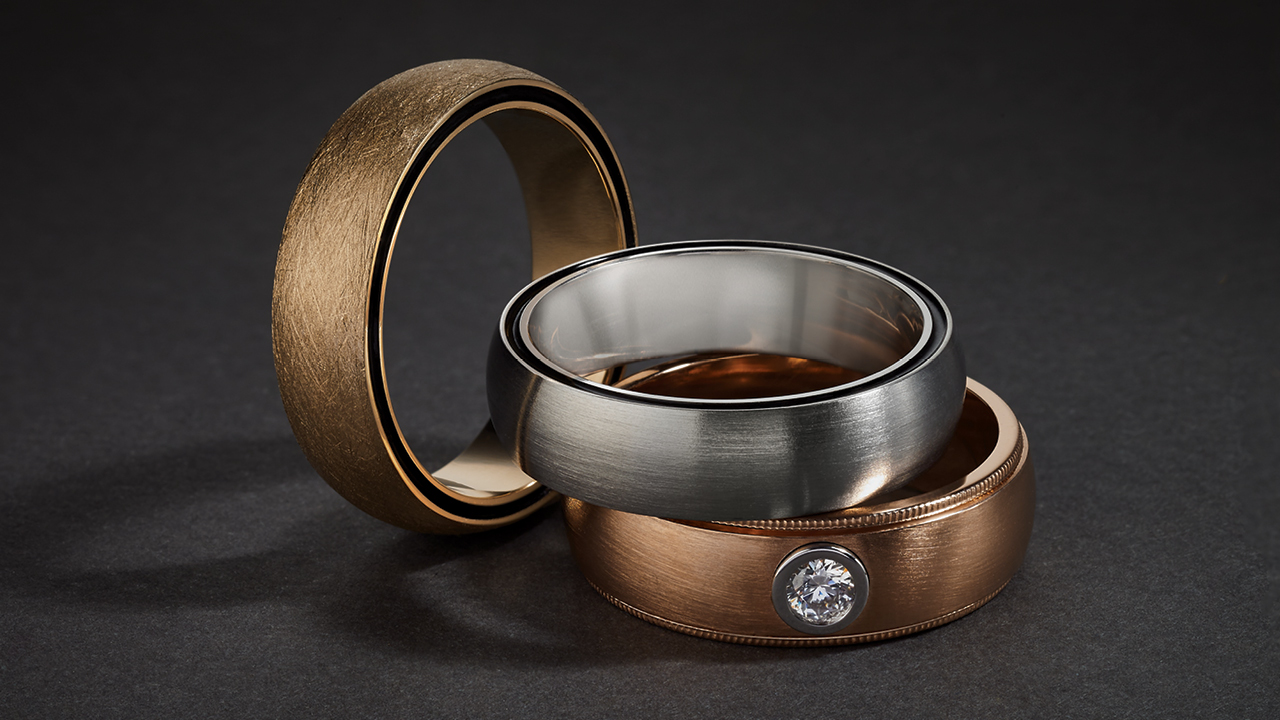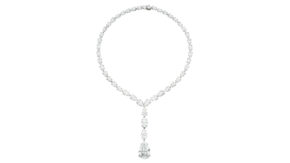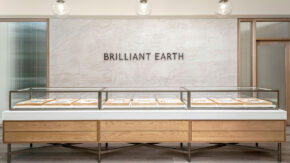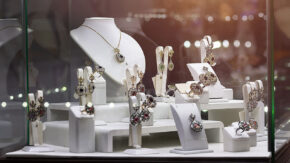For most bridal jewelry retailers, 2022 was, if not a bust, then certainly not a boom year. Sales of engagement rings dropped sharply as the market felt the shockwaves of the “engagement gap” resulting from the Covid-19 dating disruption. After a surge of quarantine proposals and some banner years, the realities of love in lockdown finally caught up with us.
“Covid-19 has created unprecedented volatility in the bridal market, far more so than the global financial crisis,” Bill Brace, president of the Kay jewelry retail chain, told investors at a Signet Group meeting in April. “However, the headwinds we are encountering today will lead to a strong boost in the bridal market in the coming years — one that we are prepared to capitalize on.”
As such, Signet — Kay’s parent company — is bullish about the bridal jewelry market, which it estimates to be worth $12.5 billion, or about a fifth of all US jewelry sales. The retail group has an estimated 30% share of that market, making it the dominant player in the country.
“Engagement jewelry sales were lackluster in fiscal ’23, [which ended January 28,] and we expect them to remain so for the balance of fiscal ’24, but we’re confident in the turn that’s coming,” said Signet Group president and chief consumer officer Jamie Singleton during the same presentation.
“With the precision of our dynamic customer data, we’ve been able to predict with a lot of confidence when the engagement headwind is likely to turn into an engagement tailwind, and resume this category’s long-standing pattern of growth of 2% to 3% a year. Dating, in fact, is up 8% [compared] to pre-Covid. We don’t see this long-term behavior going away at all.”
Signet’s data on shoppers — which taps into everything from buying habits to banking to pet ownership — suggests the proposals will start rolling again in 2024.
RELATED READING

Classic looks and budget options
While the bridal business has been down this year, it hasn’t ceased, and there have been some clear trends dominating 2023’s sales. One is a return to classicism.
“Customers are looking for simple, minimalistic styles,” says Sylvie Levine, owner of jewelry brand Sylvie, which is available in several hundred stores across the US.
Her most popular price point for engagement rings is $2,600, she reports, noting that three-stone rings have been in demand lately. And although round diamonds are still the center stones of choice, she’s seen sales of oval, emerald and radiant cuts going up this year.
As for metals, “yellow gold is the most popular metal color for our bridal styles. All brides are looking for yellow gold engagement rings.” Yellow gold has been a growing trend in fine jewelry for some time. Besides following general trends, Signet is investing in gold bridal inventory as a way of connecting better with Hispanic shoppers.
“Ethnically diverse bridal customers now constitute 40% of new engagements,” says Brice. “To win in bridal, we need to win with these customers. We’re fine-tuning our designs and materials to resonate with them, such as incorporating yellow gold.”
Speaking to a wider group of consumers by embracing diversity — whether in race, age, sexuality or politics — means tweaking not only designs and materials, but also budgets.
“We’ve seen a push for more [lower-priced] items. Customers seem to be more budget-oriented; our retail sweet spot has been $1,200 to $2,500,” says Simon Hakimian, director of wholesaler Imagine Bridal, which has been selling through independent jewelers around the country for the past four decades.
Hidden halos, yellow gold, solitaires with diamond accents, and fancy shapes such as baguettes, marquises and ovals have all proven popular for him. A particular rising star has been the bezel-set solitaire, which Hakimian forecasts will be a huge hit next year.
He’s also noticed general demand in the market for lab-grown center stones of 1.50 carats and above, as synthetics have made bigger sizes more affordable. Alex Stuller, senior director of bridal at manufacturer Stuller, has noticed this trend as well, observing that oval and emerald-cut diamonds of 2 carats and above have been “the stars of 2023.”
RELATED READING
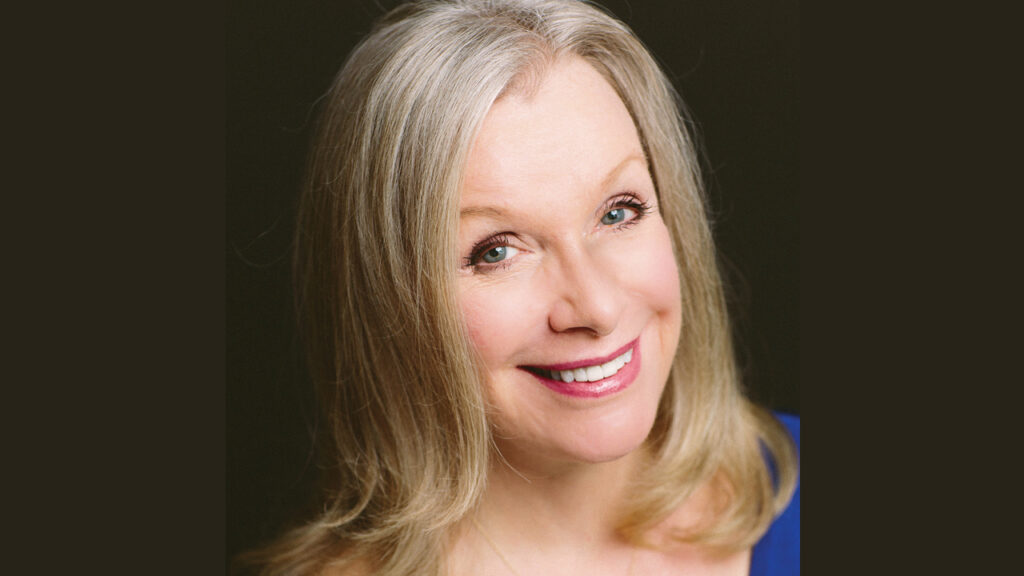
Embracing lab-grown
Jonathan Goldman, chief executive at US manufacturer Frederick Goldman, recently completed a tour of his retail partners across the country, racking up more than 10,000 miles and gaining deeper insight into the independent retail market.
“There are some doing very well and some doing less well,” he says. “The ones that are doing well generally are those that embraced lab-created diamonds.”
One retail partner’s unit orders of engagement rings from Frederick Goldman — which sells both natural and synthetic stones — increased 50% year on year thanks to lab-grown sales to younger clients. Before working with lab-grown, the store had failed to connect with this demographic.
“Obviously the average retail [price] is going to be depressed slightly, but the sales are there,” says Goldman.
With the price of synthetics in decline, however, Goldman is looking at ways to bring more value to these engagement rings. One strategy is to create more elaborate mounts that push the retail price up. In 2024, his company will also launch a collection with fancy lab-grown cuts.
“Lab-created gives you an opportunity to do some really interesting things that you weren’t able to do with natural,” says Goldman. “We think it’s an opportunity.”
Custom and color
Demand for personalization in the wedding market, from proposals and parties to rings, continues to fuel the bespoke and semi-bespoke segment. Even with classic styles, shoppers want the ability to swap out stones or add engravings. Online is becoming more important in this journey as consumers carry out more research than before. Signet is “aggressively investing” in technology to support this shift via digital tools and consultations.
Offering custom comes at a logistical cost, but for those set up to manage it — either in-house or through manufacturers like Frederick Goldman, which can produce bespoke rings within 10 days — it can boost the jeweler’s average price point.
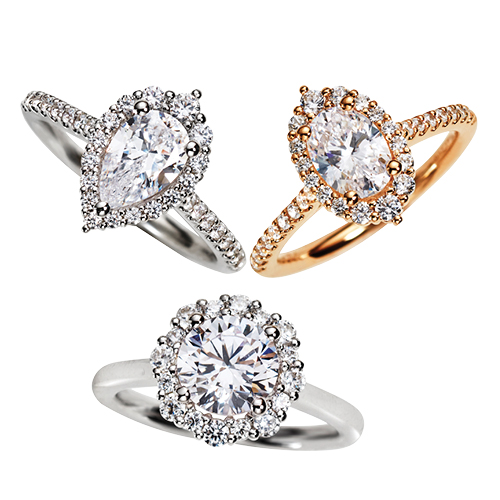
bridal rings. (Frederick Goldman)
At online retailer Angara, ready-to-wear engagement rings sell for $2,500 to $8,000. When shoppers use its Create with Angara digital customization tool, the price goes up, ranging from $3,500 to $55,000.
Passing control on to the customer has also led to more people choosing colored gems as center stones.
“Currently, 75% of our clients are buying sapphire, ruby or emerald engagement rings versus diamond engagement rings,” says Angara cofounder Ankur Daga. “A decade ago, the ratio was reversed.”
Kunal Shah agrees. “Colored stones are strong and have been giving diamonds a good run for their money,” says the president of diamond specialist Pristine Gems. The desire for individuality is a recurring theme he’s noted in many of the trends shaping demand at his business, including an interest in fancy cuts like trapezoids and some patented shapes.
Even with his sales starting to build back up in this year’s second half, Shah is cautious going into 2024. It is, he points out, an election year, which can lead to volatility. But if Signet’s extensive consumer-data gathering is correct, the industry could be set for a flood of proposals.
So the real challenge is creating an offer that will get next year’s couples to say “yes.”
Main image: Frederick Goldman Triton wedding bands. (Frederick Goldman)
This article is from the September-October 2023 issue of Rapaport Magazine. View other articles here.
Stay up to date by signing up for our diamond and jewelry industry news and analysis.
